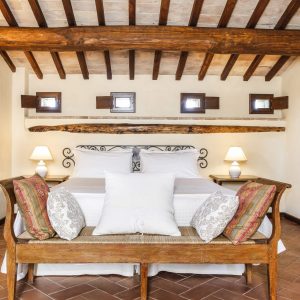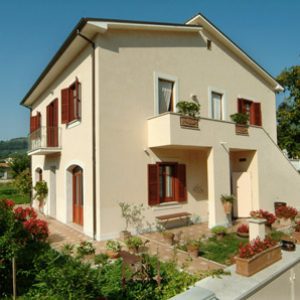▌ Alla scoperta di Otricoli
#BELLAUMBRIA
Otricoli, il cui nome, Ocriculum in età romana, è equivalente ad Acropoli, ha origini probabilmente umbre. Inizialmente posta sul colle dove sorge l’attuale Otricoli, la romana Ocriculum giace nel fondovalle, vicino al Tevere, dove esistono numerosi ruderi di edifici pubblici conosciuti fin dal Rinascimento.
Sede diocesana fino al VII secolo, in quel periodo torna sul colle originario per rimanere quasi indenne attraverso i secoli. Innanzi tutto vi viene costruita una chiesa, importante esempio di architettura preromanica e cuore del paese. La storia di Otricoli è determinata dalla sua importante posizione strategica che le conferivano alcuni importanti privilegi. Stazione postale sulla via Flaminia fin da epoca classica, partecipò attivamente alla vita della strada.
Per essa passarono e sostarono spesso Papi e sovrani ma talvolta anche eserciti in transito che le recarono più volte danni e distruzioni. Da visitare, oltre al già citato sito archeologico di Ocriculum, il palazzo comunale e la collegiata di S. Maria Assunta con l’annesso Antiquarium. Da non perdere, quaranta giorni dopo Pasqua, l’Infiorata del Corpus Domini, con l’annessa Rassegna Teatrale e la Sagra dei Prodotti Tipici.







